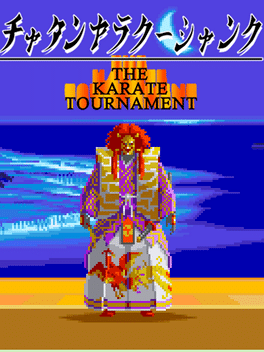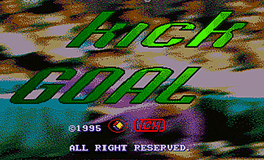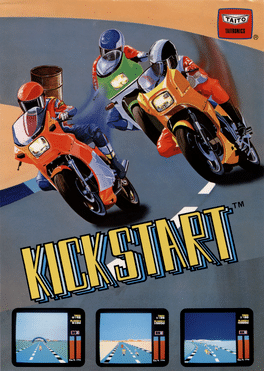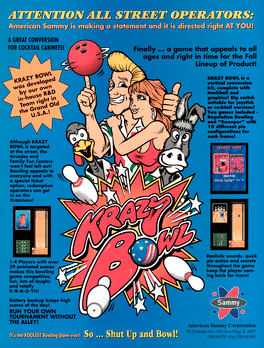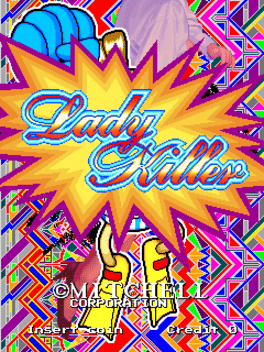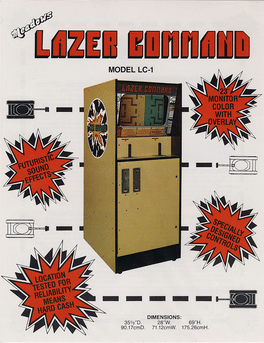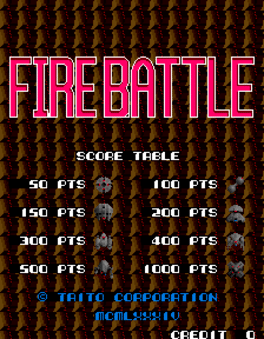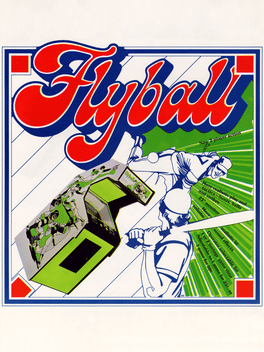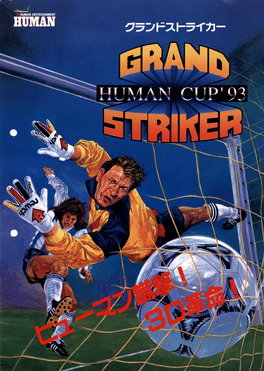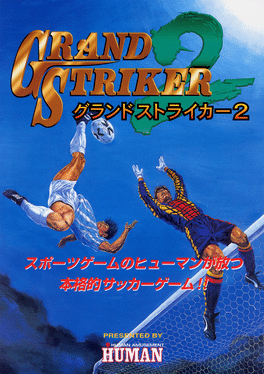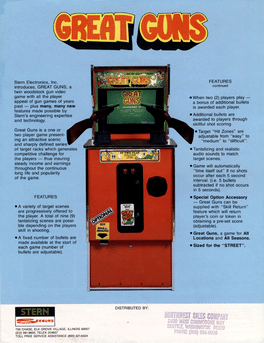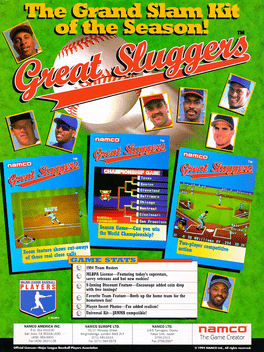Most Popular Arcade Games - Page 104
-
Kick Goal
1995
-
Kick Start
1984
-
Krazy Bowl
1994
Krazy Bowl
1994
A bowling game with two modes of play: regular and Krazy Bowl. The latter is bowling with various pins missing and is harder. -
Lady Killer
1993
-
The Last Day
1990
The Last Day
1990
A jet shooter where you fight enemy jets and tanks while collecting power-ups. The game was produced in Korea only. -
Lazer Command
1976
Lazer Command
1976
Shoot all the enemy tanks before time runs out or your enemy shoots all your tanks. -
Lethal Justice
1996
-
Fantasy Land
1990
-
Field Day
1984
-
Fire Battle
1984
Fire Battle
1984
Fire Battle is a science fiction themed vertical scrolling shoot 'em up game in which you take control of a spacecraft. You gather points by shooting various spacecraft, static guns and robots until your ship is destroyed. The ship has separate weapons for air and ground based enemies. Air based units can be destroyed with a twin bullet gun and ground based units with a slower bomb like weapon. You can play solo or with a friend in alternating turns. -
Flyball
1976
Flyball
1976
Flyball is a baseball arcade game which was released by Atari in 1976. Both players must use an analogue joystick, 1P bats first and 2P pitches first, to control their players with one button to make them bat and pitch for the members of the batting team will run round the bases automatically - and unlike in real baseball matches, the game shall only last for one (or two) innings. -
Gekirido
1995
-
Golden Tee Golf II
1992
-
Golfing Greats
1990
-
Grand Champion
1981
-
Grand Striker 2
1996
-
Great Guns
1983
Great Guns
1983
A game of shooting. Contains many different levels including circus, prehistoric, and wizard scenes. Targets move and both players aim their guns at the screen and shoot. -
Great Sluggers '94
1994
Great Sluggers '94
1994
Baseball arcade game that had been released by Namco in June 1994; it runs on the company's NB-1 hardware, and as the name suggests, it is the sequel to Great Sluggers (which was released exclusively in Japan the year before). However, instead of the twelve teams of Japan's Central and Pacific Leagues, the players must take control of two of the twenty-eight teams of the American League and National League - and there are two teams for both Chicago and New York.
